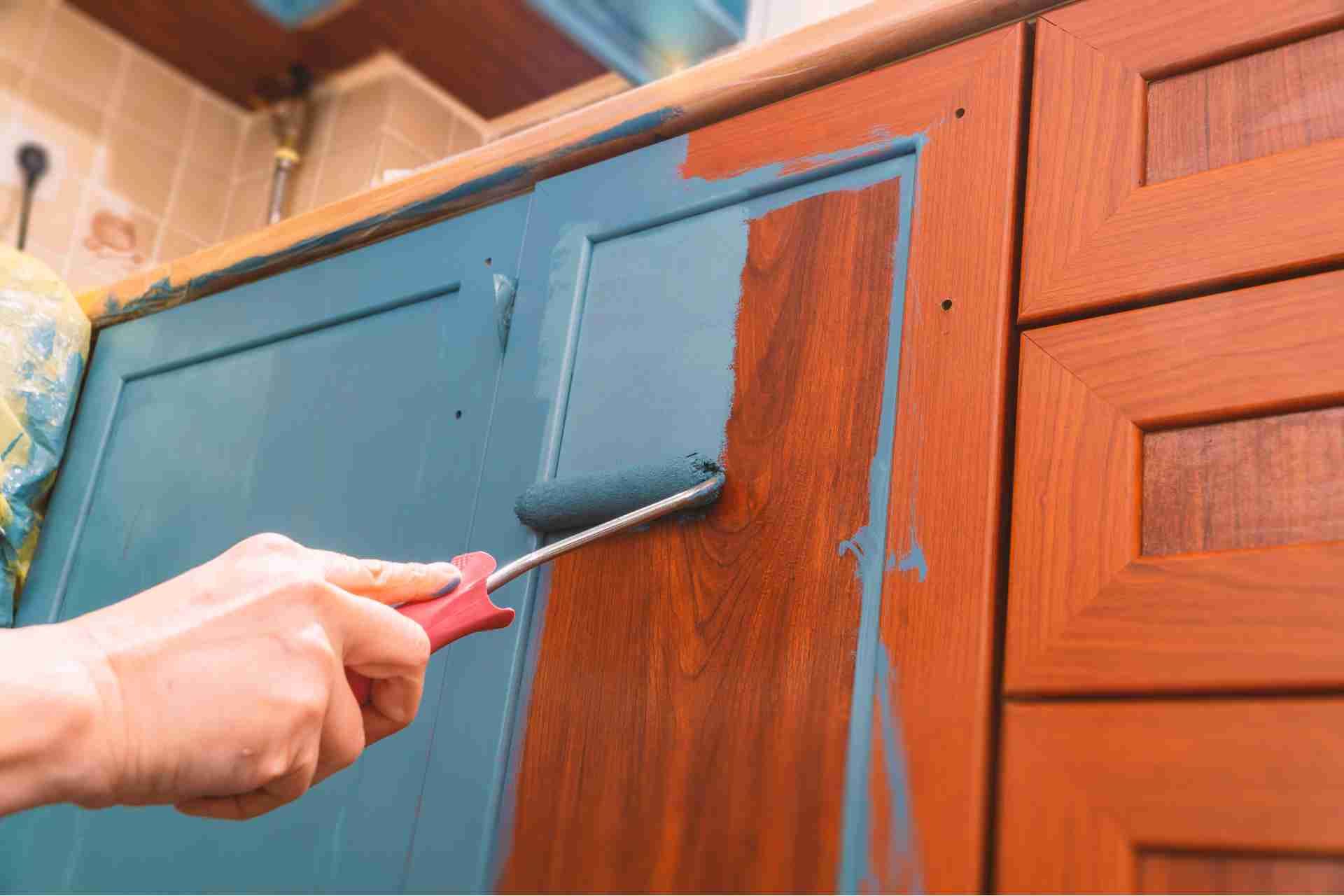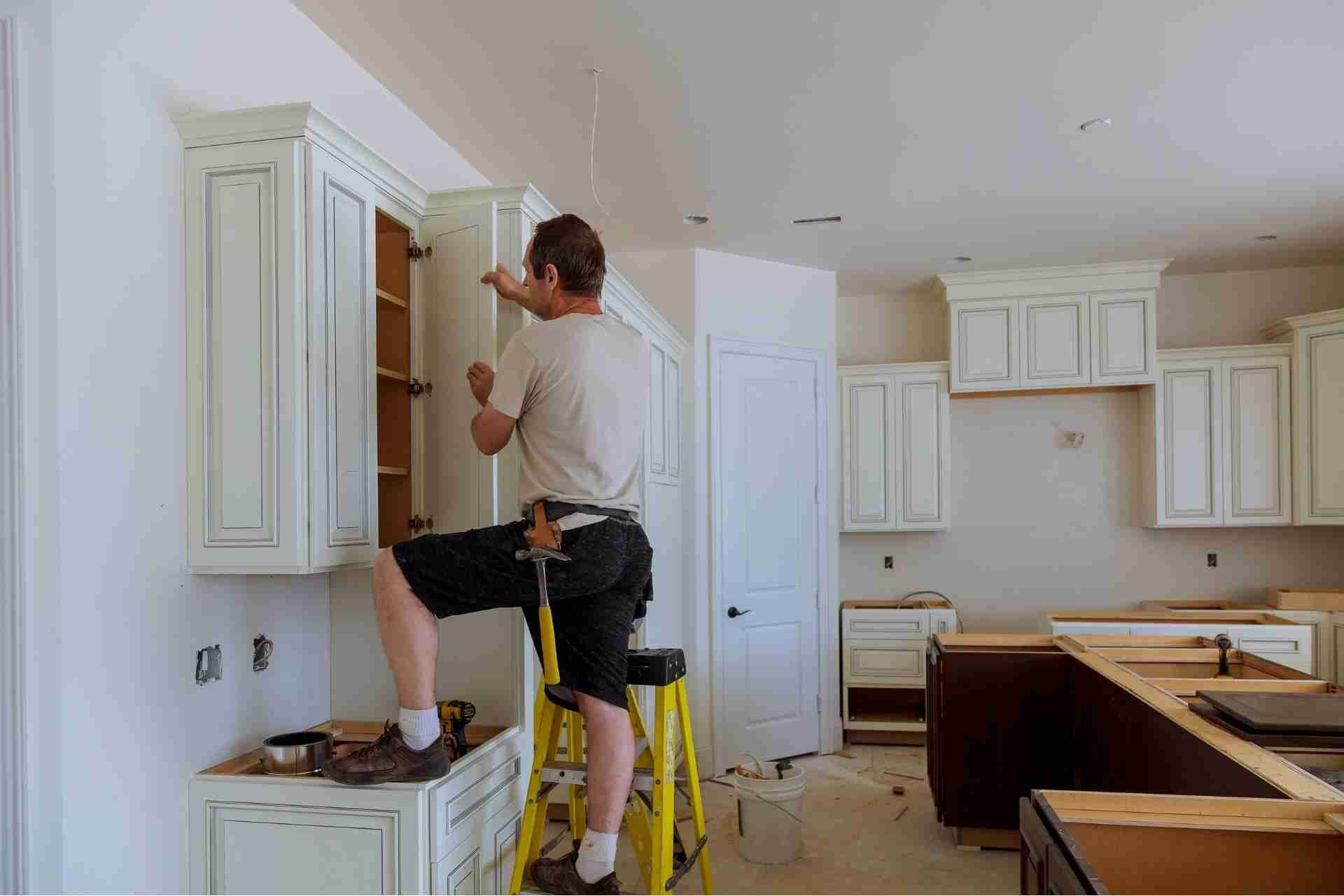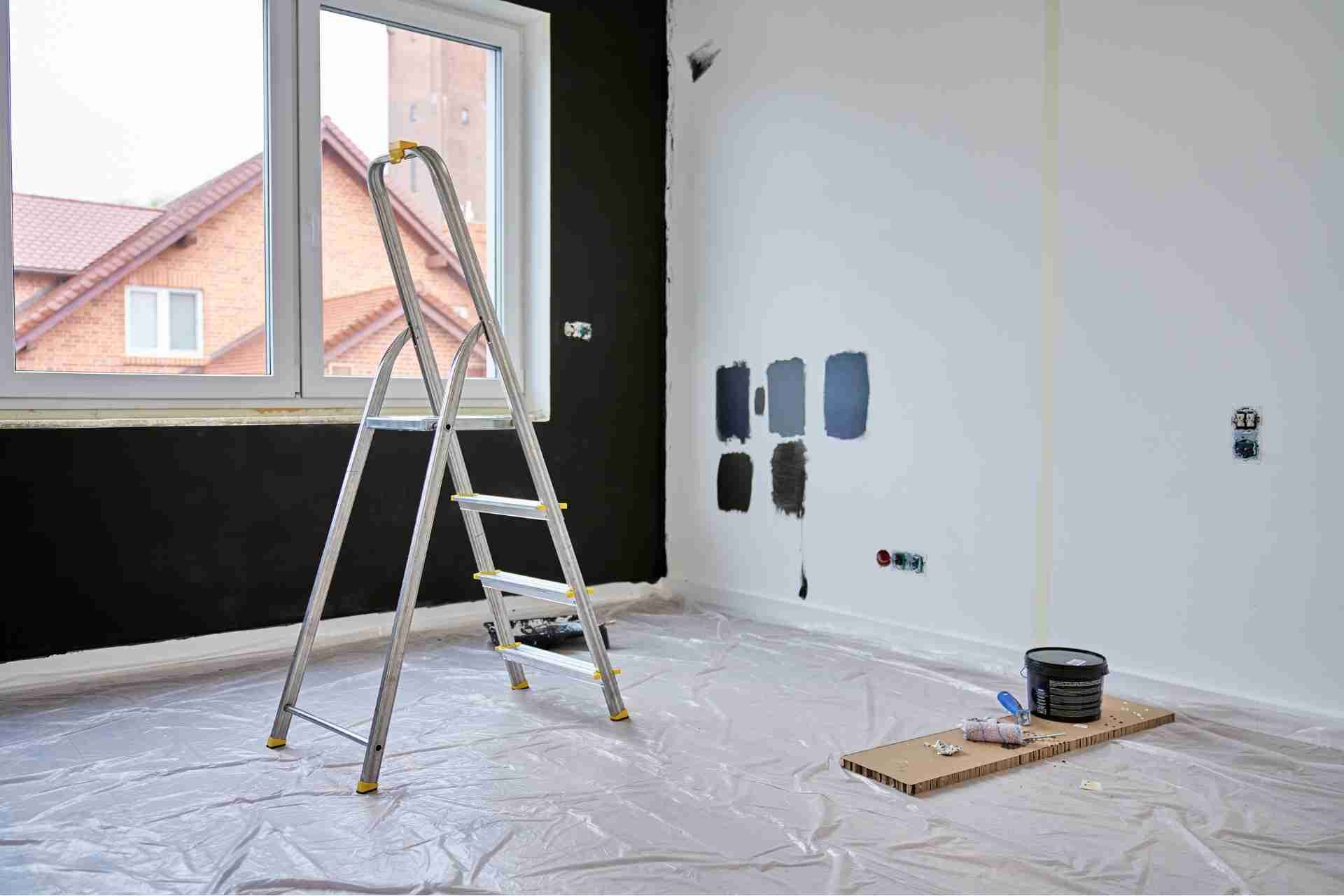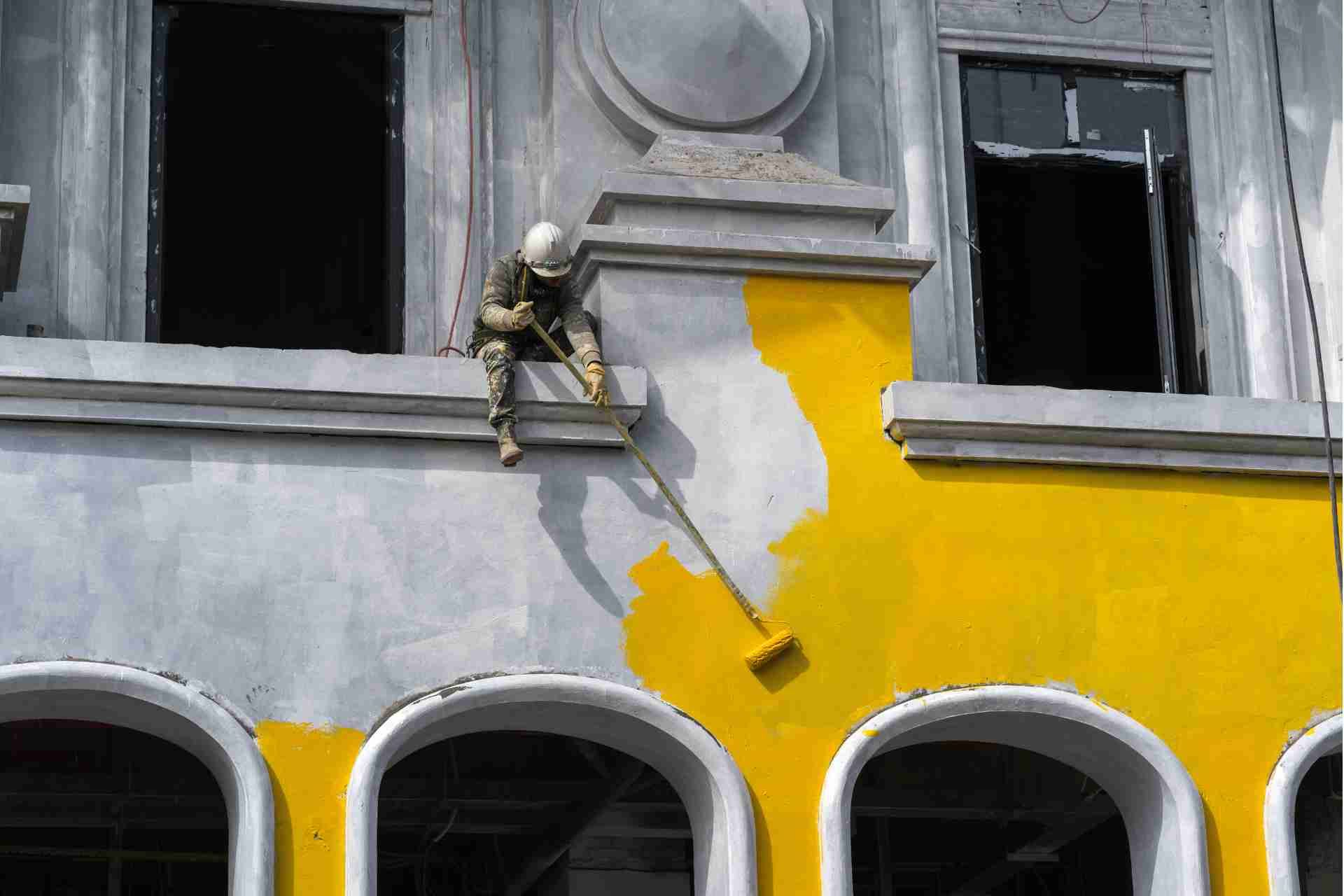Common Painting Mistakes Homeowners Make
When it comes to painting your home, it's easy to overlook some key steps that can make a significant difference. You might skip surface preparation or choose the wrong type of paint without realizing the impact. Even the tools you use can affect the outcome. These common mistakes can lead to frustration and extra work later on. Let's explore some of these pitfalls and how to avoid them for a smoother project.
Skipping Surface Preparation
When you skip surface preparation, you're setting yourself up for a painting disaster. Properly prepping your surfaces is essential for achieving a smooth, long-lasting finish.
First, you need to clean the area thoroughly to remove dirt, grease, and old paint. Ignoring this step can lead to poor adhesion, causing your new paint to chip or peel.
Next, patch any holes or imperfections with the right filler and sand them down for an even surface. Don't forget to tape off edges and cover fixtures to keep everything neat.
If you rush through this crucial stage, you'll end up regretting it when your paint job doesn't hold up. Invest the time now, and your finished project will look fantastic for years to come.
Choosing the Wrong Paint
Although it may seem straightforward, choosing the wrong paint can significantly impact the outcome of your project. Different surfaces and rooms require specific types of paint for optimal results.
For instance, using interior paint in a bathroom can lead to mold and mildew, while outdoor paint isn't suitable for indoor use. You'll also want to consider the finish; a glossy finish may highlight imperfections, while a matte finish can hide them but may be less durable.
Don't forget about color selection, as the wrong shade can alter the room's mood entirely. Take your time to research and consult professionals if needed. The right paint makes all the difference in achieving the look and longevity you desire.
Ignoring the Right Tools
Using the right tools can make all the difference in your painting project, yet many people overlook their importance. Selecting quality brushes and rollers can significantly impact the finish of your walls. A high-density roller will help you achieve an even coat, while a good brush can reach those tricky corners and edges.
Don't forget about painter's tape, either; it keeps lines sharp and clean, saving you time on touch-ups later. Additionally, using a paint tray or a bucket with a roller grid can make the application process smoother.
Investing in these essential tools not only enhances your results but also makes the job easier and more enjoyable. Don't skimp on the basics—your walls will thank you!
Not Using Primer
Skipping primer can lead to a less-than-perfect paint job, as it plays a crucial role in preparing surfaces.
Primer helps create a smooth, even base for your paint, ensuring better adhesion and color accuracy. Without it, you might notice uneven color, peeling, or chipping down the line.
If you're painting over a darker color or a glossy surface, primer can make all the difference by blocking stains and providing a consistent finish.
It's especially important for new drywall or surfaces that have been patched.
By investing a little time in applying primer, you're setting yourself up for long-lasting results and minimizing future touch-ups.
Don't skip this essential step; your walls will thank you for it!
Overloading the Brush or Roller
Many DIY painters tend to overload their brush or roller, thinking it'll speed up the process. However, this mistake can lead to unsightly drips and uneven coverage.
When you load too much paint, it can be difficult to control, resulting in a messy finish. Instead, dip your brush or roller into the paint and remove excess by gently tapping it against the side of the container.
This technique allows for better control and smoother application. You'll spend less time correcting mistakes and achieve a more professional look.
Remember, applying multiple thin layers is far more effective than one thick layer. Take your time, and you'll appreciate the difference in the final result.
Happy painting!
Neglecting Proper Ventilation
While you might focus on achieving the perfect finish, neglecting proper ventilation can undermine your efforts and pose health risks.
When you paint indoors, fumes from the paint can build up quickly, leading to headaches, dizziness, or respiratory issues. To avoid these problems, always open windows and doors to create airflow. If it's not possible, consider using fans to circulate air and help dissipate harmful vapors.
You might also want to invest in a respirator or mask designed for painting. Remember, good ventilation not only ensures a safer environment but also helps your paint dry more evenly.
Painting in Poor Weather Conditions
If you attempt to paint during poor weather conditions, you risk compromising your project's outcome.
High humidity can prevent paint from drying properly, leading to streaks and uneven finishes. Rain or moisture can wash away freshly applied paint or cause it to bubble, ruining your hard work.
Similarly, extreme heat can cause paint to dry too quickly, resulting in cracks and poor adhesion. If it's windy, debris can easily land on your wet surfaces, creating an uneven texture.
To ensure the best results, check the weather forecast before starting. Wait for ideal conditions—mild temperatures, low humidity, and no precipitation.
Forgetting Cleanup and Maintenance
After ensuring optimal weather conditions, it's easy to overlook the importance of cleanup and maintenance.
You might think the hard work ends once the last stroke of paint dries, but neglecting cleanup can lead to issues down the road.
Don't forget to remove painter's tape carefully to avoid damaging your fresh paint. Clean your brushes and rollers immediately to extend their lifespan.
Also, check for drips or splatters on non-painted surfaces and clean them up promptly.
Finally, inspect your work for any touch-ups needed. Regular maintenance, like washing walls and checking for wear, keeps your paint looking fresh.
Conclusion
To avoid common painting mistakes, always prioritize surface preparation and choose the right paint for each area. Don't skimp on tools or forget the primer, as these steps are essential for a smooth finish. Watch out for overloading your brush or roller, and ensure your workspace is well-ventilated. Also, consider the weather before you start painting. By paying attention to these details, you can achieve a beautiful, long-lasting paint job that you'll be proud of.











